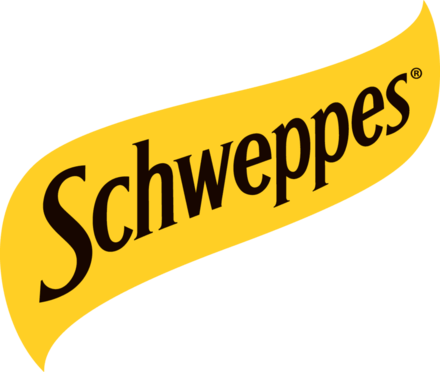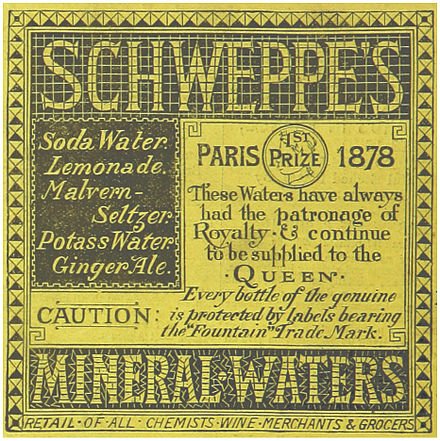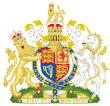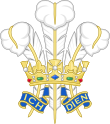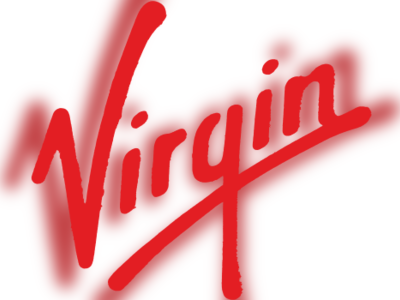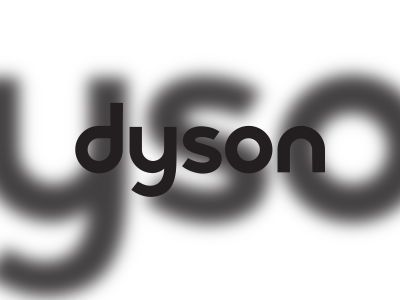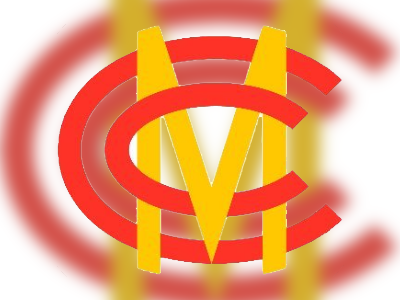British Heritage
Remember, Cherish, Learn.
beta
Schweppes - Soft Drinks since 1783
Soft Drinks since 1783: Contributing to British Heritage.
Introduction
Schweppes, a renowned beverage brand, has a rich legacy that dates back to the late 18th century. Although it originated in Geneva, it made its mark on the world from its London home starting in 1792. Founded by the German-Genevan scientist Johann Jacob Schweppe in 1783, the company is credited with selling the world's first bottled soda water, marking the birth of the soft drink industry. Over the centuries, Schweppes has evolved and diversified its product line to include a variety of lemonades, carbonated waters, ginger ales, and the iconic tonic water, which has become synonymous with pairing London Gin.
Legacy and Contribution to British Heritage
Schweppes' legacy and contribution to British heritage are manifold and can be traced back to its early days. In 1836, the company earned the prestigious Royal Warrant, becoming an official supplier to the British Royal Family. This recognition marked the beginning of Schweppes' association with the British monarchy, solidifying its reputation as a brand of distinction and quality.
The significance of Schweppes in British heritage was further elevated when it became the official sponsor of Prince Albert's Great Exhibition in Hyde Park, London, in 1851. The Great Exhibition, a spectacular event showcasing the achievements of the industrial revolution, attracted millions of visitors from all over the world. Schweppes' association with this grand event reinforced its position as a symbol of British innovation and enterprise, leaving an indelible mark on the nation's heritage.
Additionally, Schweppes played a vital role in popularizing bottled carbonated mineral water in the United Kingdom. Leveraging the discoveries of English chemist Joseph Priestley, Johann Jacob Schweppe's ingenious manufacturing process allowed the mass production and distribution of carbonated water. This innovation not only revolutionized the beverage industry but also introduced a refreshing and effervescent element to British culture.
In 1843, Schweppes made another significant contribution to British heritage by commercializing Malvern Water, sourced from the Holywell Spring in the Malvern Hills. This pristine mineral water quickly gained favor with the British Royal Family, becoming their preferred choice until 2010 when parent company Coca-Cola decided to close the historic plant, sparking local outcry.
Success and Global Reach
Over the years, Schweppes has achieved remarkable success and global recognition. In 1969, the company merged with Cadbury, forming Cadbury Schweppes, which further bolstered its influence in the beverage industry. This merger paved the way for Schweppes to acquire several other brands, solidifying its position as a key player in the market.
With time, Schweppes expanded its product portfolio and geographical reach. The company's success in the United States led to the formation of Keurig Dr Pepper in 2008, which took charge of the US beverage unit. Schweppes' trademark rights were retained by Keurig Dr Pepper in Canada and the United States, while The Coca-Cola Company acquired the brand in 21 European countries.
In Europe, Schweppes International Limited, a subsidiary of Suntory, owns the brand in a further 22 countries, making it a prominent fixture in the continent's beverage landscape. In other regions, such as China, Hong Kong, Taiwan, and Australia, Schweppes is produced and distributed by various subsidiaries and companies under the Coca-Cola and Asahi Group umbrellas.
Marketing and Iconic Campaigns
Schweppes' success can also be attributed to its innovative and captivating marketing campaigns that have left a lasting impact on popular culture. During the 1920s and 1930s, artist William Barribal created a series of striking posters for the brand, adding a touch of artistic elegance to Schweppes' image.
The word "Schweppervescence," coined by the London-based advertising agency S.T. Garland Advertising Service Ltd., became synonymous with the brand's effervescent nature. The term was used extensively in Schweppes' advertisements, further embedding the brand in the minds of consumers.
In the 1950s and 1960s, an ad campaign featuring real-life British naval officer Commander Whitehead, who humorously described Schweppes' bubbly flavor as "evanescence," became a hit with the public. Comedian Benny Hill also contributed to Schweppes' popularity through a series of entertaining TV commercials during the 1960s.
One of Schweppes' most memorable campaigns utilized onomatopoeia, with the famous catchphrase "Schhh… You know who." The sound of gas escaping as one opens the bottle became synonymous with Schweppes, and this clever advertising strategy further solidified the brand's position in the market.
Another remarkable ad campaign featured a fictional leopard named Clive, voiced by acclaimed actors Kelsey Grammer and Stephen Fry. The campaign captured the imagination of audiences and added an element of charm and sophistication to the brand.
Conclusion
Schweppes' journey from selling the world's first soft drink in 1783 to becoming a global beverage powerhouse is a testament to its innovative spirit, enduring legacy, and significant contribution to British heritage. From being the favored drink of the British Royal Family to captivating the masses with its creative marketing campaigns, Schweppes continues to be a beloved and iconic brand worldwide. As the soft drink industry continues to evolve, Schweppes remains an integral part of British culture and a symbol of refreshment, sophistication, and effervescence.
- Schweppesen.wikipedia.org
